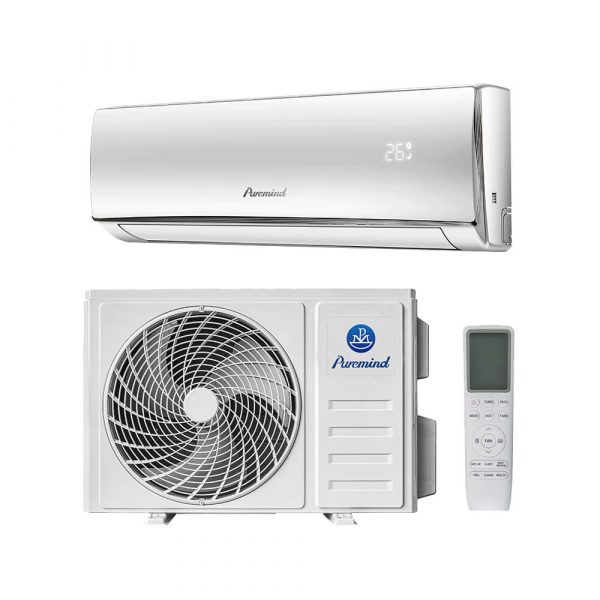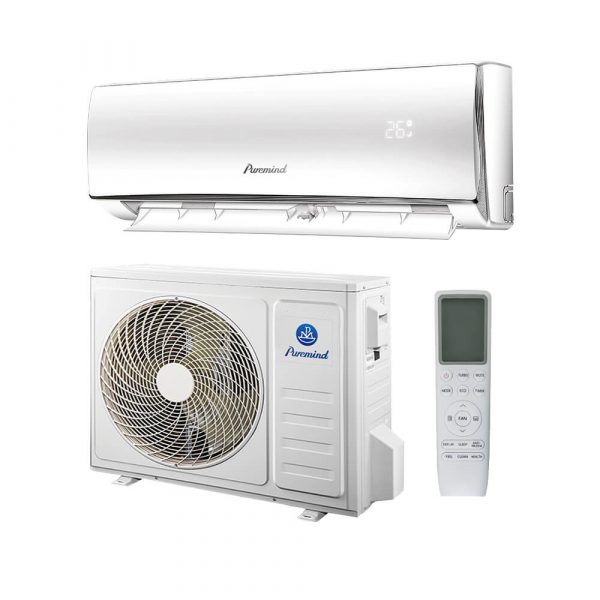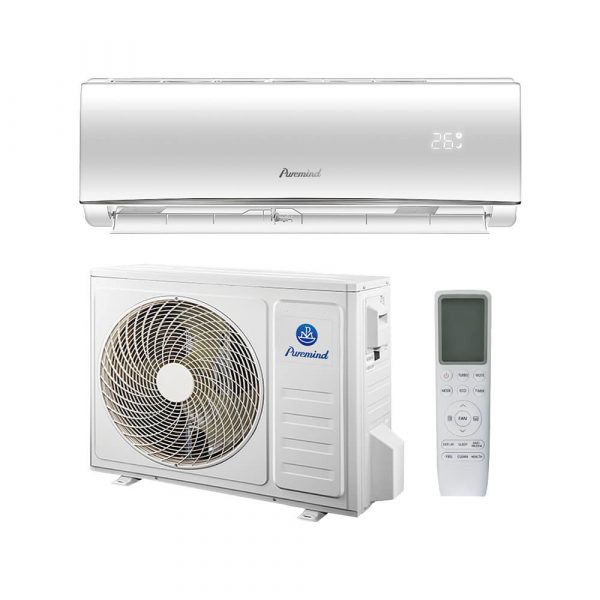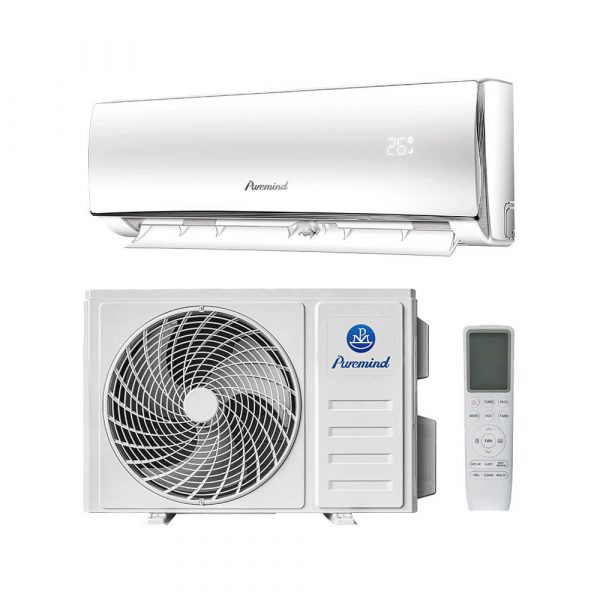Outdoor Air Conditioner Guide – Types, Benefits, and Installation Tips
An outdoor air conditioner is an essential component of modern cooling systems, playing a vital role in maintaining comfortable indoor temperatures in residential, commercial, and industrial environments. For wholesalers, suppliers, and distributors, understanding the different types of outdoor AC units, their applications, and installation best practices is crucial for meeting client needs and boosting sales.
What is an Outdoor Air Conditioner?
The term outdoor air conditioner typically refers to the external unit in a split system AC. It houses the compressor, condenser coil, and a fan to expel heat from the refrigerant to the outside environment. These units are designed to work with indoor units to deliver efficient cooling.
Main Components
- Compressor: Pumps refrigerant through the system.
- Condenser Coil: Releases absorbed heat from the refrigerant.
- Fan: Helps move air over the condenser coil.
- Protective Housing: Shields components from weather and debris.
Types of Outdoor Air Conditioners
- Split System Outdoor Units: Works with an indoor unit to cool specific zones. View split air conditioner options.
- Central AC Condensing Units: Connected to ductwork for whole-building cooling.
- Portable Outdoor ACs: Movable units for temporary cooling needs.
- Rooftop Units (RTUs): Common in commercial settings, combining cooling and heating in one unit.
Advantages of Outdoor Air Conditioners
- Efficient Heat Removal: Keeps indoor environments cool by expelling heat outdoors.
- Low Noise Indoors: The noisy compressor is located outside.
- Flexible Installation: Can be placed on the ground, wall brackets, or rooftops.
- Durable Construction: Designed to withstand outdoor weather conditions.
Applications in Different Settings
Residential
Used in homes for individual room or whole-house cooling.
Commercial
Outdoor units for retail stores, offices, and restaurants ensure comfortable environments for customers and employees.
Industrial
Cooling large facilities, warehouses, and manufacturing spaces to maintain product quality and worker safety.
Key Factors to Consider When Choosing an Outdoor Air Conditioner
- Capacity (BTU/tonnage): Match to the space’s cooling load.
- Energy Efficiency Ratio (EER/SEER): Higher ratings mean better efficiency.
- Climate Resistance: Anti-corrosion coatings for humid or coastal areas.
- Noise Levels: Quieter units improve user comfort.
- Maintenance Requirements: Accessibility for cleaning and servicing.
Installation Tips
- Choose a location with adequate airflow around the unit.
- Install on a stable, level surface to reduce vibrations.
- Keep at least 2 feet of clearance from walls or fences.
- Consider sun shading to reduce heat load.
- Ensure proper drainage to prevent water accumulation.
Maintenance Best Practices
Regular maintenance ensures the outdoor air conditioner operates efficiently and lasts longer:
- Clean condenser coils annually.
- Check refrigerant levels regularly.
- Remove debris and leaves from around the unit.
- Inspect electrical connections for wear or corrosion.
Common Issues and Troubleshooting
- No Cooling: Could indicate refrigerant leaks or compressor failure.
- Loud Noises: May be due to loose fan blades or damaged bearings.
- Reduced Airflow: Often caused by dirty coils or blocked vents.
Latest Trends in Outdoor AC Units
According to ASHRAE, outdoor AC units are evolving to meet sustainability and efficiency goals:
- Use of eco-friendly refrigerants like R-32 and R-410A alternatives.
- Integration with smart building management systems.
- Variable speed compressors for optimized performance.
Case Study: Outdoor AC Upgrade for a Commercial Facility
A wholesale distributor replaced outdated rooftop units with high-efficiency split outdoor air conditioners. The upgrade reduced energy consumption by 25% and improved temperature consistency across the warehouse.
Conclusion
The outdoor air conditioner is a critical element in any cooling system. By understanding the types, benefits, and maintenance needs, wholesalers, suppliers, and distributors can provide clients with the right solutions to maximize comfort, energy efficiency, and long-term performance.







